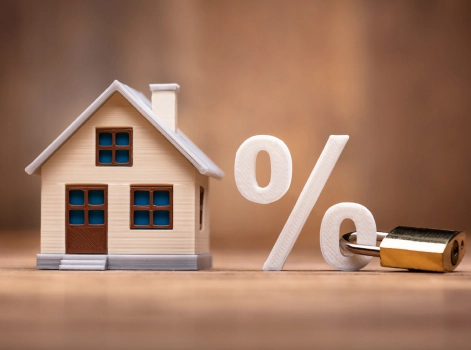
What Is An Assessment Rate?
Lenders use the assessment rate as an estimate to check your ability to meet your mortgage repayments if interest rates rise. An assessment rate is also called a floor rate, buffer rate or serviceability rate
GET A FREE ASSESSMENT
4.8 (1,650+ Reviews)
calendar_monthUpdated: 24 Jul, 2024
hourglass_empty 5 mins read









